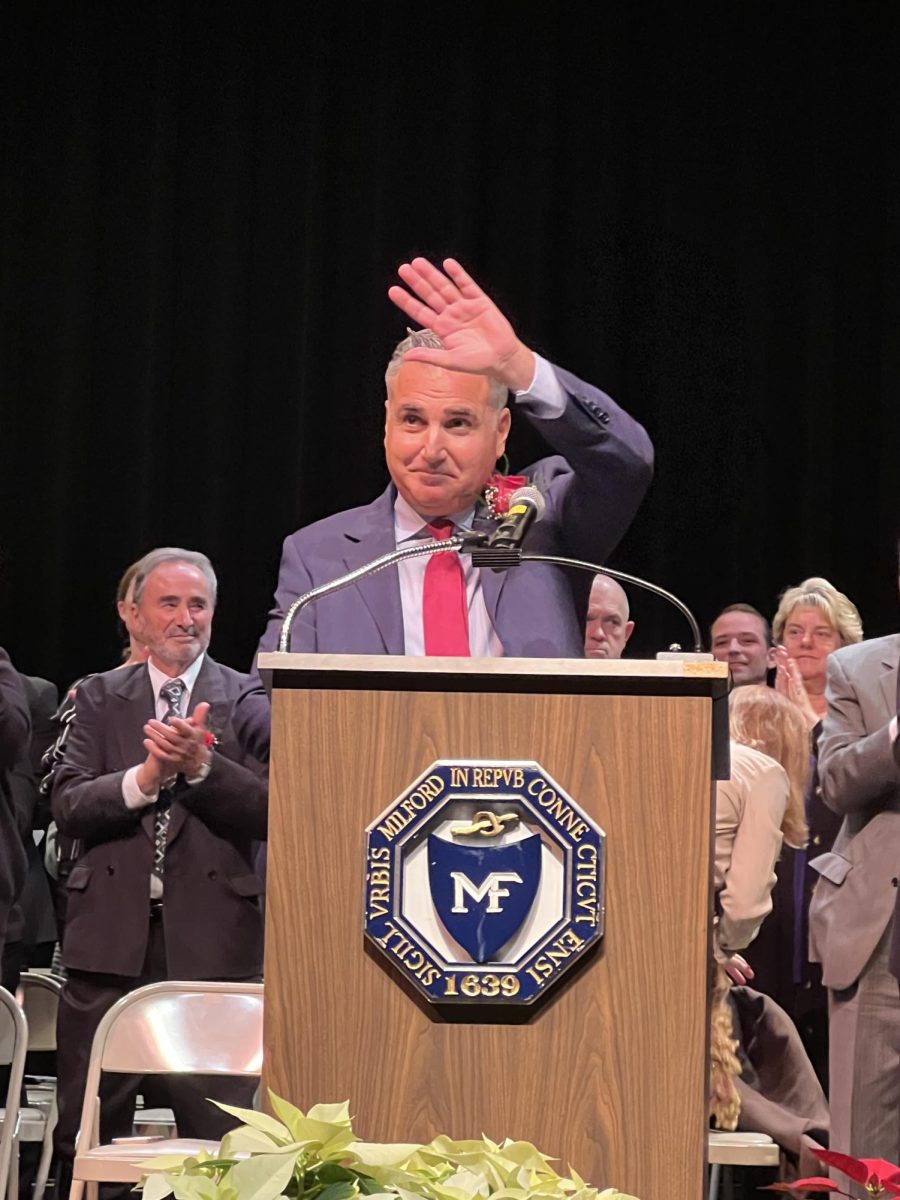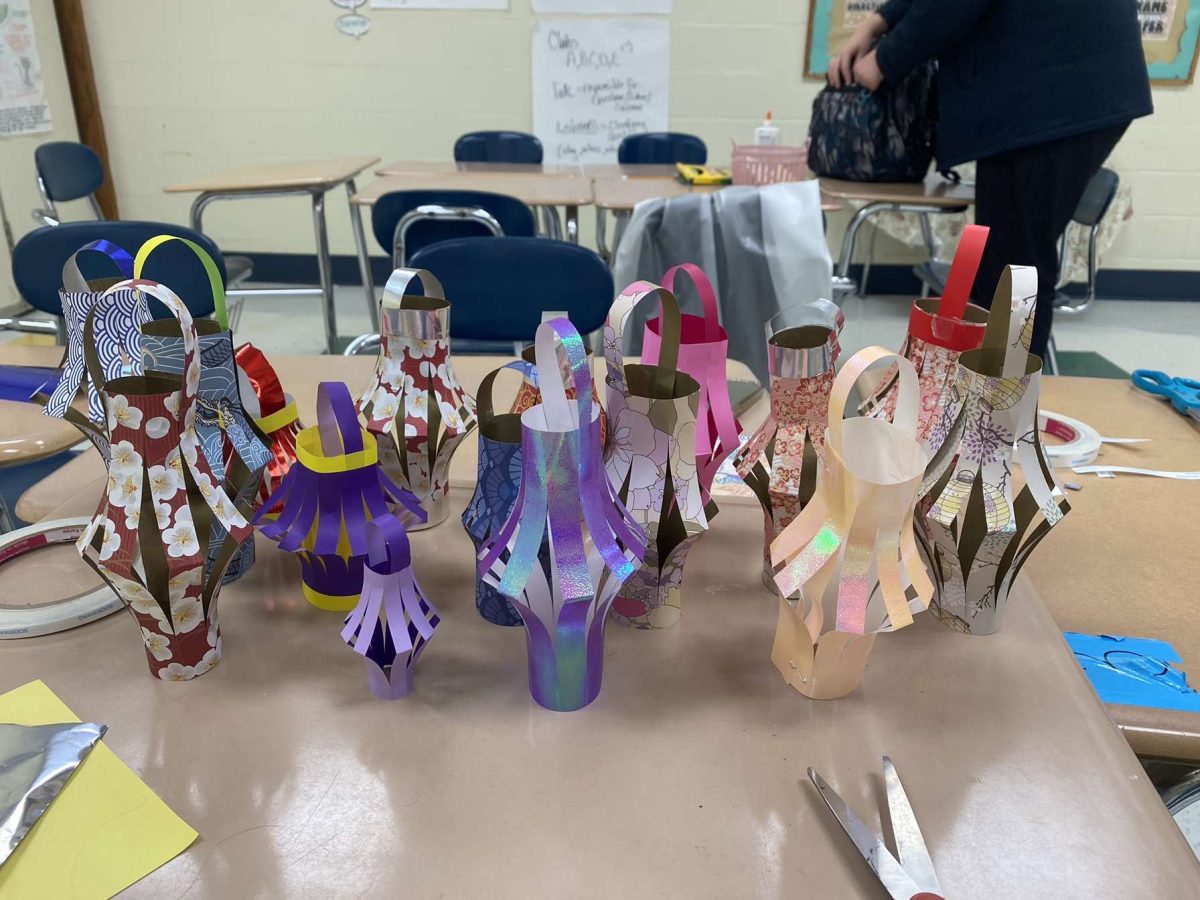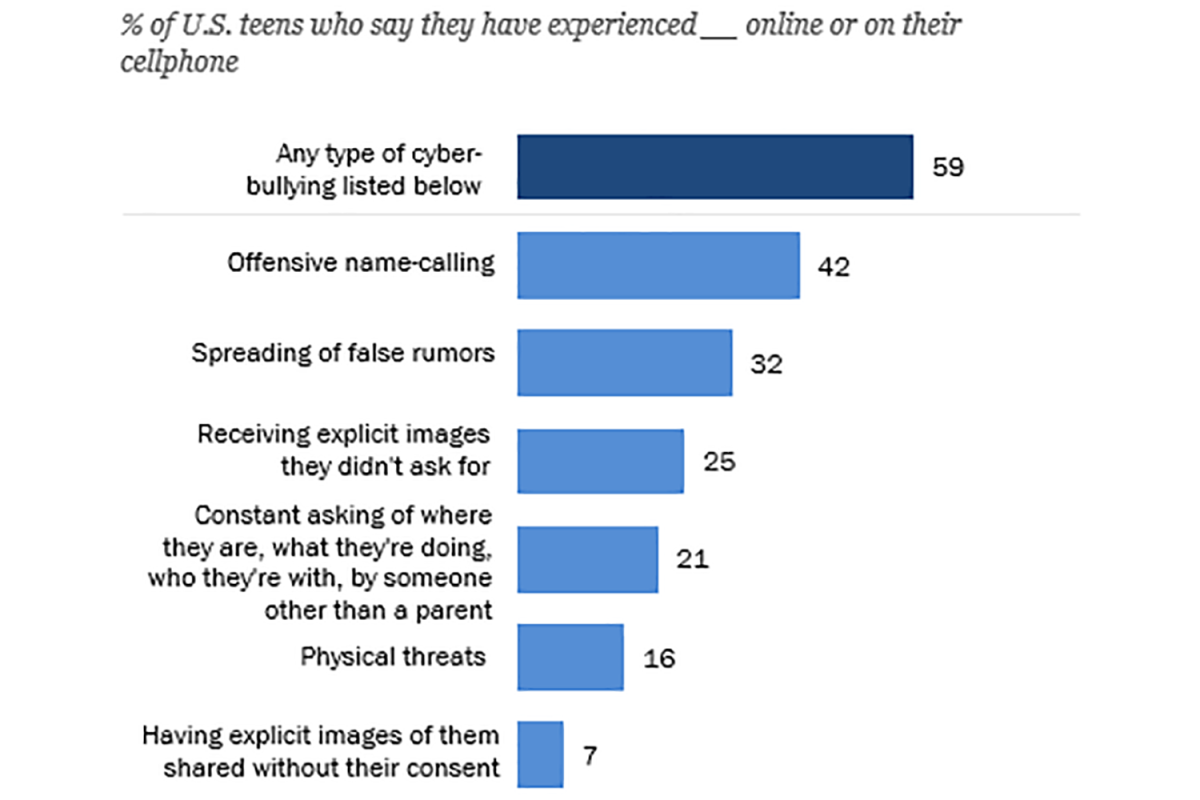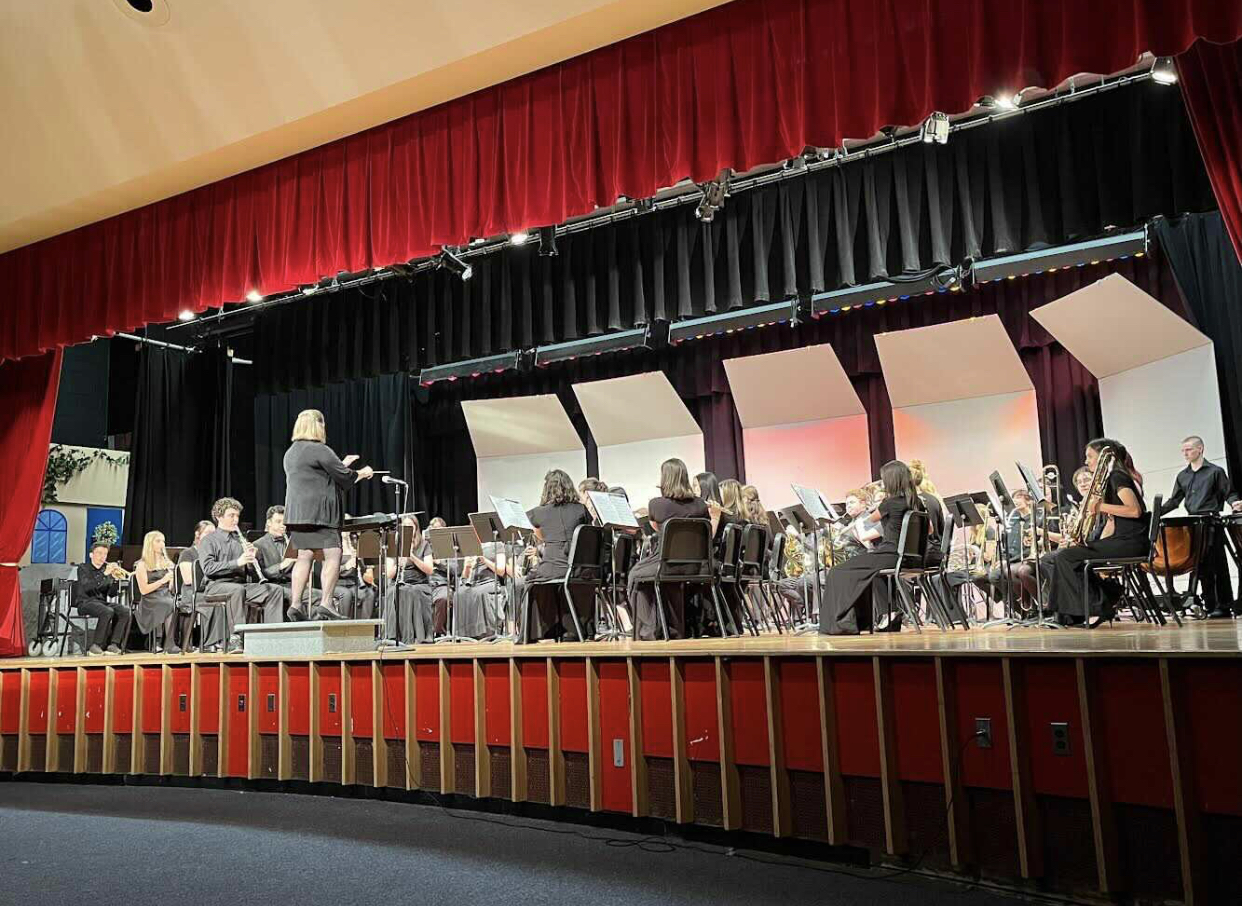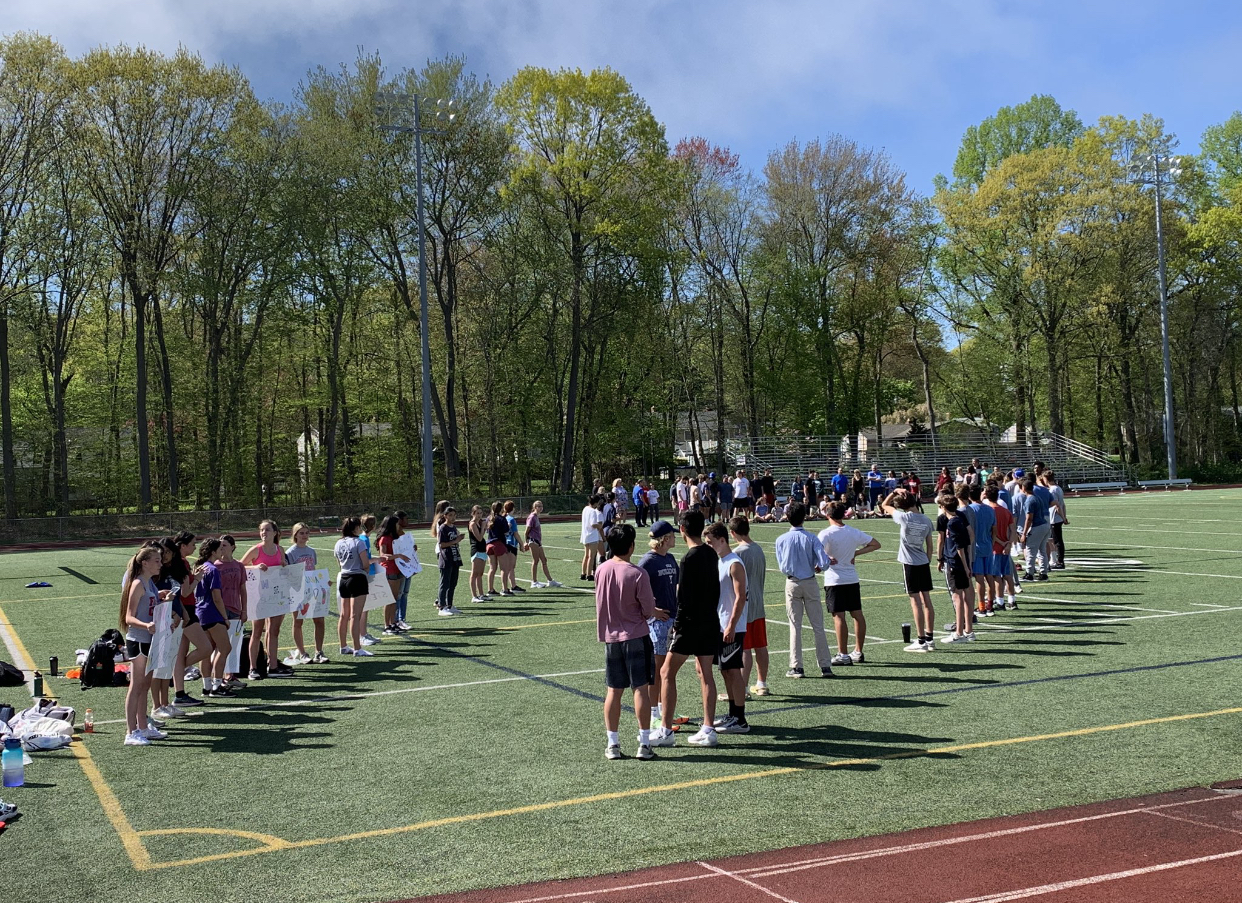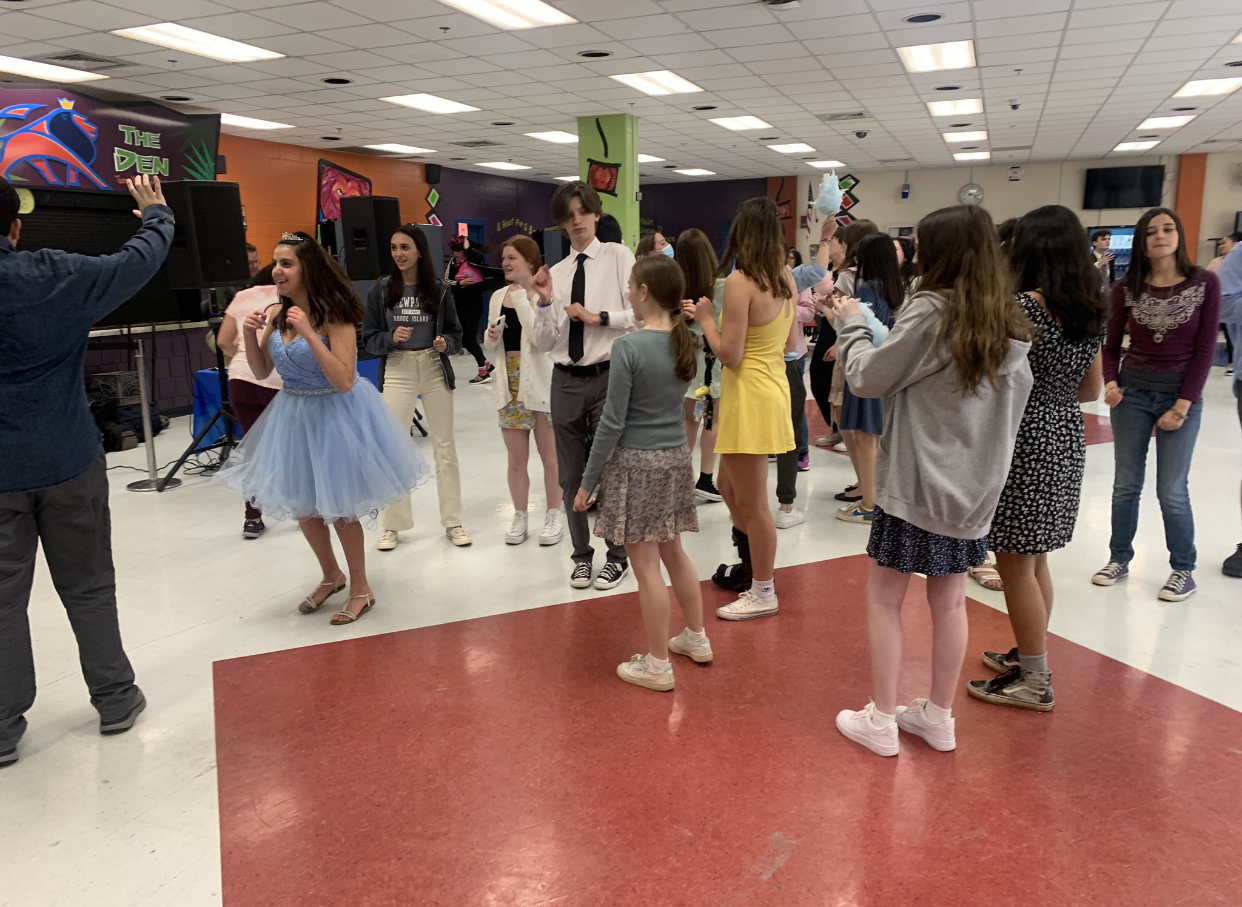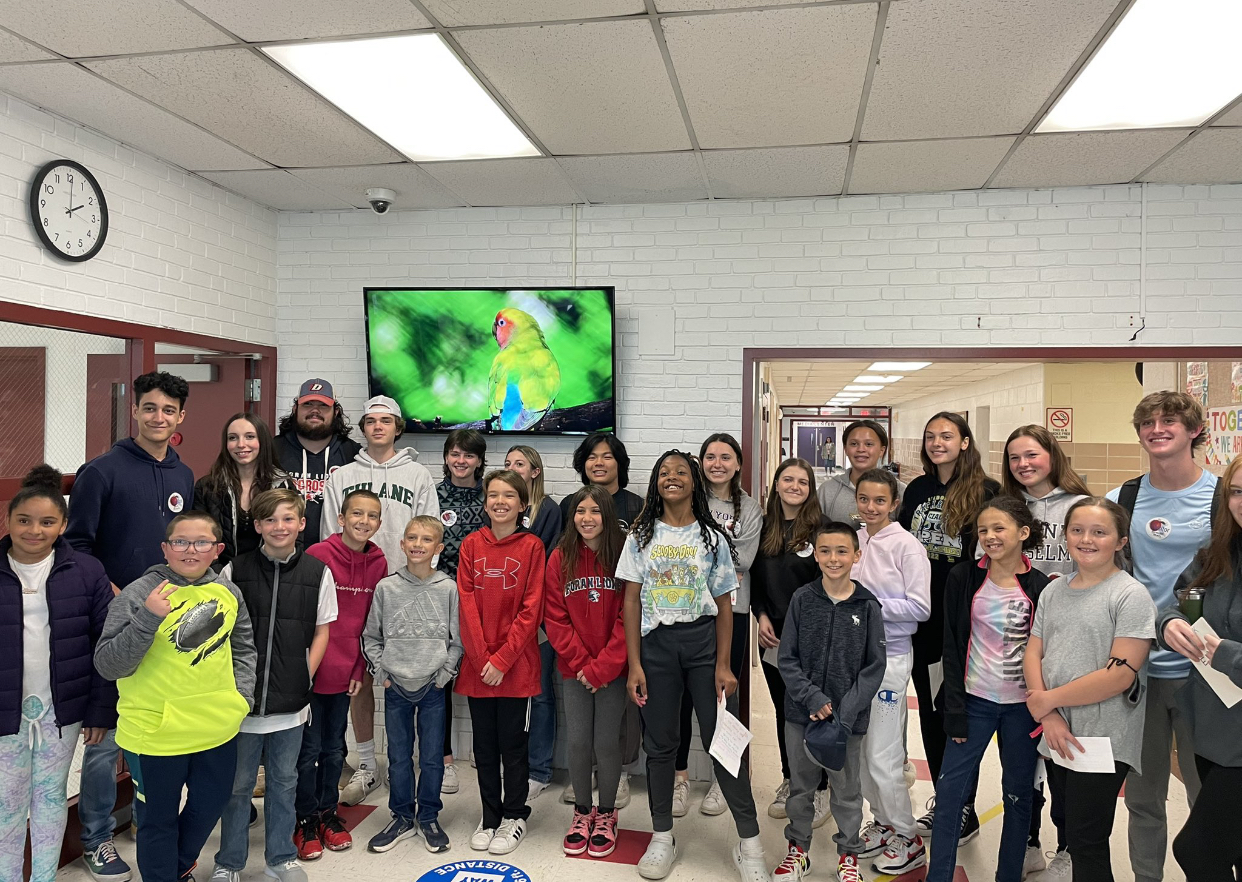Following Hurricane Dorian
Image courtesy of Space.com, Hurricane Dorian’s satellite view from the International Space Station.
September 19, 2019
Jasmine Gaston
Staff Writer
On August 23, Hurricane Dorian slowly began to transform from a tropical wave into a tropical storm.
Tropical waves are areas where the water creates a spiral shape and the air pressure is lower than usual. The surrounding areas of these waves usually experience thunderstorms or cloudy weather. A few days passed by, in which wind speeds were increasing and the weather south of the United States was changing quickly. Over the course of the next few days, the hurricane quickly became a category 5 as visuals from NASA showed the large eye hovering over Abaco Islands in the Bahamas, about 150 miles east from Southern Florida.
September 1 was the day that Dorian arrived at the Bahamas, directly attacking them with extreme winds
with over 200 mph and more than 20 feet higher than normal tide waves. Houses and buildings were destroyed as well as the Grand Bahama, the northernmost island in the Bahamas. Dorian affected many of the inhabitants there.
Tim Stelloh, journalist from NBC covering Hurricane Dorian mentions, “A Bahamas cruise ship ferried
more than 1,100 Bahamians to the United States, and Customs and Border Protection delivered food and water by helicopter.” However, president of the United States, Donald Trump, was against the idea of letting the people from the Bahamas into the United States. More than 50 people have been found dead in the wreckage and debris of fallen homes and more than 70,000 are found without a place to live in after the storm.
Joseph Badala, a new teacher at Joseph A. Foran High School had a lot to say about the subject. His view is, “Having just moved to Connecticut from Phoenix, Arizona in July, I was excited to see so much rain. Hurricanes form over warm water near the equator, so I have not had to worry about them while living in the middle of Arizona’s desert. It was exciting to follow Dorian’s path up the coast and predict where it would hit. Thankfully, Connecticut dodged most of its harsh effects, leaving us with a little bit of extra rain and wind, which is nothing compared to what other states had to deal with. As a marine science teacher living and teaching near the ocean, I am excited to teach about marine-related phenomenon, like Hurricane Dorian. Since most Connecticut students have experienced a hurricane or tropical storm at some point in their lives, I think they will be able to relate to the topic more easily than my Arizona students, leading to awesome class discussions and realizations!”
U.S. Coastguard had arrived to save all of the critically injured so that they could receive proper treatment.
However, the Bahamas were still receiving great rainfall and thunderstorms as the winds were maintaining. By late September 2 and early September 3, the hurricane had weakened to a category 4 hurricane.
Hurricane Dorian is now known as the most extreme storm to hit the Bahamas in history, but it
finally retreated from there and starting towards the east coast of Florida. The winds began to pick up significantly once more but did not cause any severe damage like in the Bahamas. From then on, Dorian continued north towards North Carolina, South Carolina, and Canada. All of these locations have been struck with heavy rainstorms and power outages but there was no flooding or serious destruction.
The long two weeks of the reign of Dorian are finally coming to a close, but the hurricane season has just
begun. The Bahamas has finally started repair on their towns and homes, and people from the United States have even offered to assist in bringing Bahamians over for shelter. However, a CNN article explains, “Over the weekend, about 119 ferry passengers hoping to evacuate Grand Bahama to Florida were told to get off a Balearia Caribbean boat if they didn’t have visas, the ferry operator said.” Amidst the disaster, a boat came in an attempt to rescue some Bahamians, transferring them to Florida. However, they did not get very far because the same rule applied to everyone that in-person authorization needed to be shown in order to gain access to the United States.


